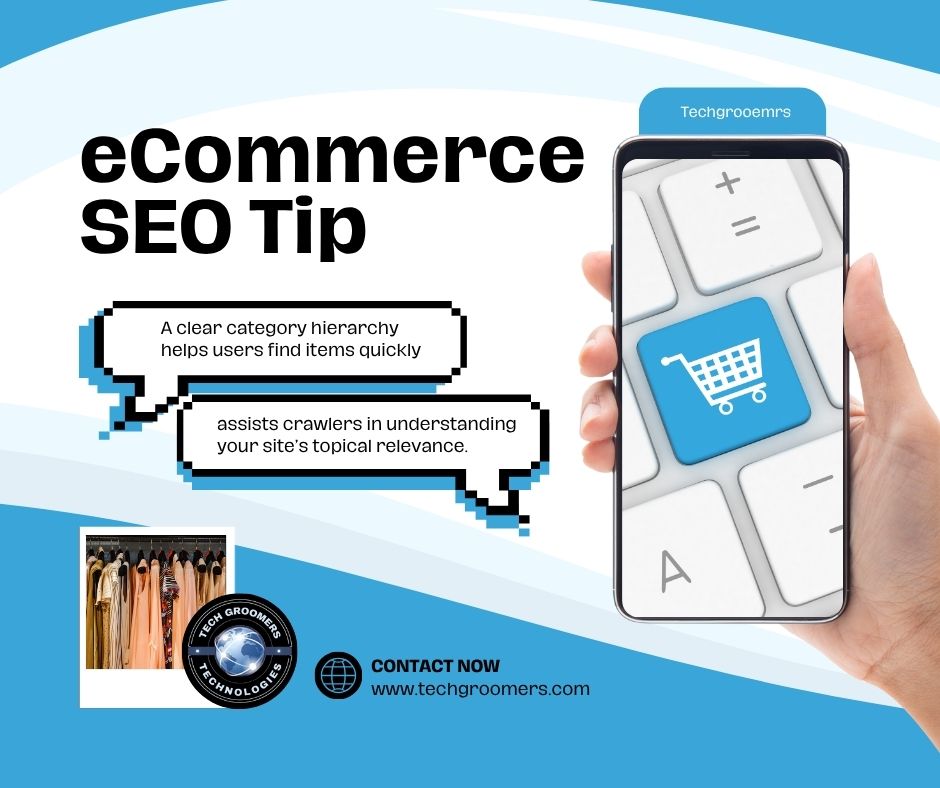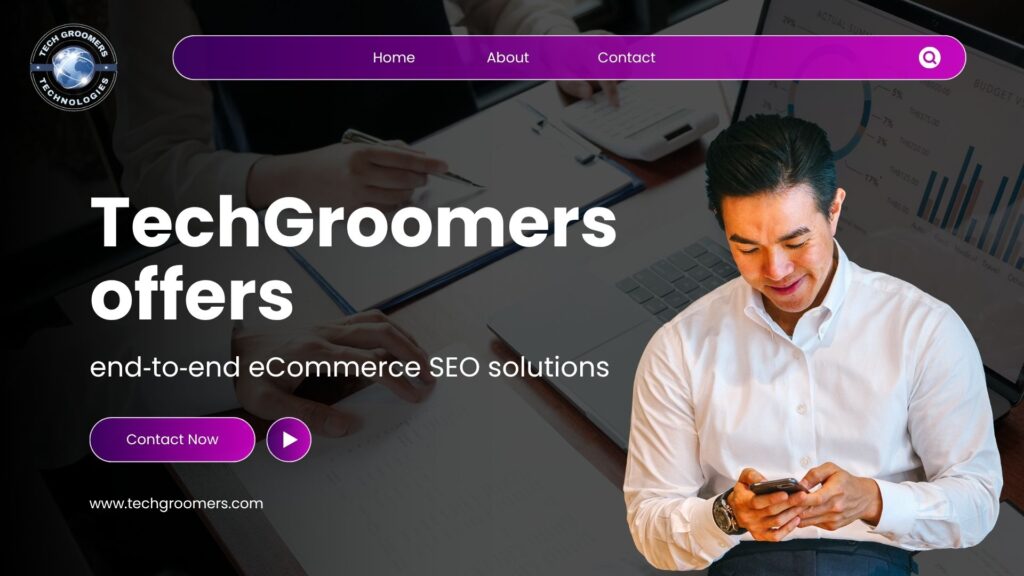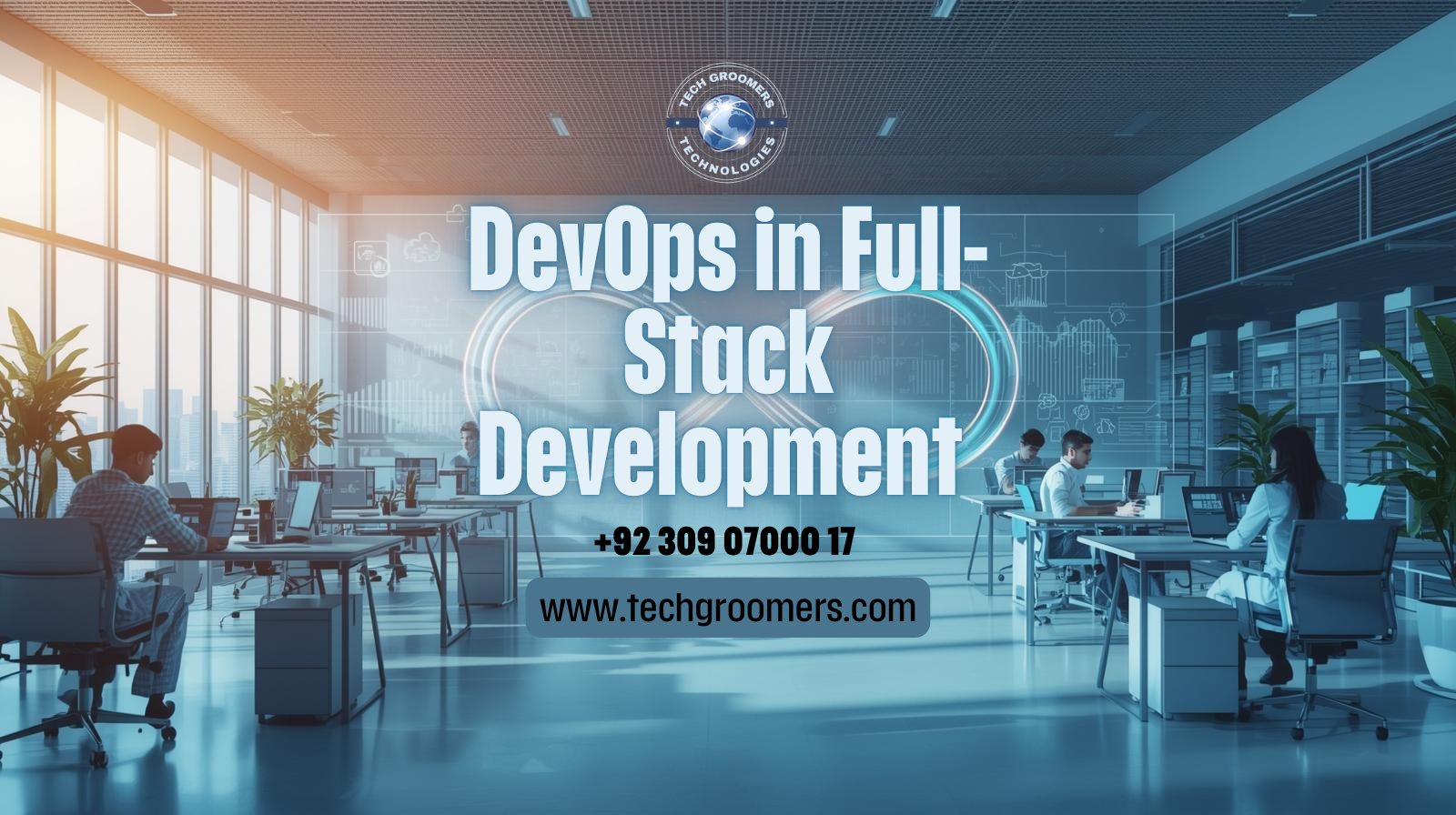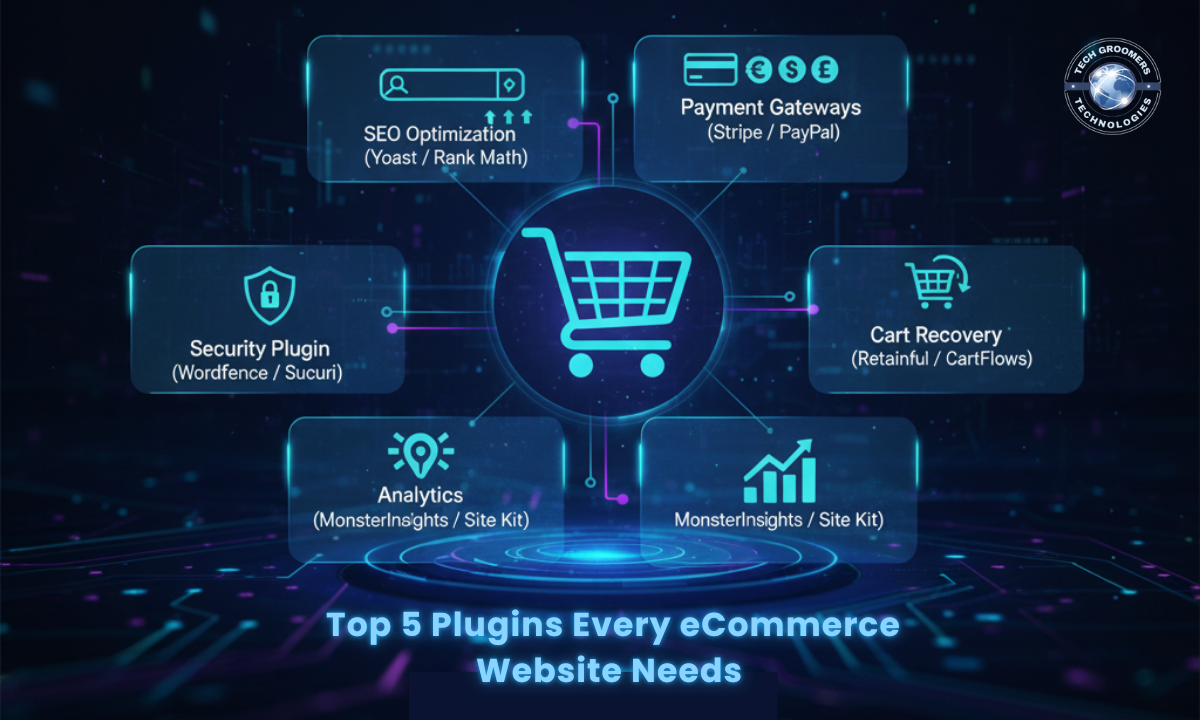Grab your favorite mug of coffee and let’s geek out about the one thing every online store owner should master: eCommerce SEO. Search engine optimization isn’t just about sprinkling keywords into your pages—it’s about engineering a seamless, user‑focused experience that drives organic traffic and boosts conversions. At TechGroomers, we help brands build profitable stores by perfecting three critical pillars: product pages, category structure, and site speed. Ready to climb the rankings in 2025? Let’s dive in.
Why eCommerce SEO Still Matters in 2025
Sure, paid ads and social media are flashy, but organic search continues to deliver the highest long‑term ROI. When shoppers type “best running shoes for flat feet” or “eco‑friendly phone case,” they’re deep in the purchase mindset. Ranking high for those intent‑driven queries means free, qualified traffic—exactly what your bottom line loves.
Google’s algorithm has evolved to reward relevance, authority, and lightning‑fast performance. That’s why focusing on product detail optimization, logical taxonomy, and technical speed gains is non‑negotiable.
Part 1 – High‑Converting Product Pages
Your product page is the digital salesperson that never sleeps. Nail these elements to satisfy both users and search engines:
1. Laser‑Focused Titles
Include primary keywords, brand names, and unique identifiers. Keep titles under 60 characters so they display fully in SERPs.
Example: “Men’s Waterproof Hiking Boots | Breathable Gore‑Tex – TrailMaster”
2. Engaging, Keyword‑Rich Descriptions
Write 150–300 words explaining benefits, materials, dimensions, and use cases. Weave long‑tail phrases naturally—avoid stuffing.
Bullet Format Works:
- Lightweight yet durable
- 100% recycled polyester lining
- Ideal for day hikes and backpacking trips
3. Rich Media for Trust
High‑resolution photos, 360° spins, and demo videos increase dwell time, a positive user signal for Google. Remember descriptive alt text for accessibility and image search visibility.
4. Schema Markup
Implement Product, Offer, and Review schema. This enables rich results like price, availability, and star ratings, improving click‑through rate.
5. User‑Generated Content
Leverage reviews, FAQ sections, and Q&A widgets. Fresh content keeps the page updated and targets long‑tail questions.
6. Internal Linking
Add “Related Products” and “Customers Also Bought” sections to spread link equity and keep visitors browsing.
TechGroomers Pro Tip: Monitor single‑word keyword density; keep it below 3%. Two‑word phrases (e.g., “hiking boots”) should remain under 2%, while three‑word terms (“waterproof hiking boots”) stay under 1%.
Part 2 – Category & Navigation Architecture
A clear category hierarchy helps users find items quickly and assists crawlers in understanding your site’s topical relevance.

1. Logical, Shallow Structure
Aim for a three‑click path: Home → Category → Product. Deep nesting confuses shoppers and weakens internal link power.
2. Keyword‑Optimized Category Pages
Treat categories like mini landing pages. Craft 200–400‑word intros describing the product range, benefits, and sub‑categories. Include H2s with synonyms and semantic variations.
3. Faceted Navigation Done Right
Dynamic filters (size, color, price) improve UX but can create duplicate URLs. Use noindex or canonical tags on filtered pages to prevent thin‑content issues.
4. Breadcrumbs for Context
Breadcrumb links boost internal linking and help users backtrack easily. They also appear in SERPs, enhancing visibility.
5. XML & HTML Sitemaps
Keep sitemaps up to date so Google discovers new products quickly. Submit them in Search Console and set automatic refresh schedules.
TechGroomers Insight: We conduct quarterly taxonomy audits to merge low‑value categories and redirect obsolete URLs, preserving link equity.
Part 3 – Site Speed & Core Web Vitals
Page speed is both a ranking factor and a conversion catalyst. Every extra second of load time can slash conversion rates by up to 7%.
1. Measure First
Use PageSpeed Insights, Lighthouse, and GTmetrix to benchmark metrics such as Largest Contentful Paint (LCP), Interaction to Next Paint (INP), and Cumulative Layout Shift (CLS).
2. Image & Media Optimization
- Compress JPEGs and PNGs with tools like TinyPNG
- Serve next‑gen formats (WebP, AVIF)
- Lazy‑load below‑the‑fold images
3. Minify & Combine Assets
Reduce CSS, JavaScript, and HTML file size. Combine smaller files to decrease HTTP requests.
4. Leverage Browser Caching
Set long‑expiry headers for static resources. A Content Delivery Network (CDN) like Cloudflare can dramatically cut latency for global shoppers.
5. Server & Hosting Upgrades
Choose SSD servers, enable HTTP/2 or HTTP/3, and implement object caching (Redis or Memcached).
6. App & Plugin Housekeeping
Delete unused plugins and update remaining ones. Poorly coded apps often bloat load times.
TechGroomers Speed Clinic: We deliver custom performance reports and implement fixes, often shaving 2–3 seconds off load times within a week.
Advanced Tips for 2025
- AI‑Generated FAQs: Use AI (like Gemini) to surface emerging customer questions and preemptively answer them on product pages.
- Voice Search Optimization: Incorporate conversational phrases in descriptions and add FAQ schema to capture voice query rich results.
- Edge SEO: Implement serverless functions at the CDN edge for instant redirects, A/B testing, and personalized content without slowing core servers.
- E‑A‑T Signals: Showcase expert authorship for buying guides; link author bios to LinkedIn and credentials to satisfy Google’s quality standards.
- Sustainability Badges: Eco‑friendly markers and carbon‑neutral disclosures resonate with modern shoppers and enhance brand trust.
Measuring Success
Track these KPIs:
- Organic Sessions to product & category pages
- Conversion Rate pre‑ and post‑optimization
- Average Order Value (AOV) after cross‑sell tweaks
- Core Web Vitals scores before and after speed upgrades
Set baseline metrics, then report monthly. Use Search Console for ranking changes and GA4 for revenue attribution.
How TechGroomers Can Help
From granular keyword research and schema deployment to lightning‑fast performance tweaks, TechGroomers offers end‑to‑end eCommerce SEO solutions:

- Comprehensive SEO audits with actionable roadmaps
- Product description copywriting optimized for user intent
- Advanced technical fixes, including Core Web Vitals tuning
- Ongoing monitoring via custom dashboards
Ready to outrank competitors and turn browsers into buyers? Visit TechGroomers and book a free discovery call.
Final Word
Mastering eCommerce SEO isn’t a single task—it’s an ongoing commitment to delivering value, clarity, and speed. Focus on persuasive product pages, smart category architecture, and blazing‑fast performance, and you’ll not only please search algorithms but also delight your customers.
Plug these TechGroomers tips into your strategy, stay consistent, and watch your online store grow in 2025 and beyond. Happy optimizing!




Leave a Reply